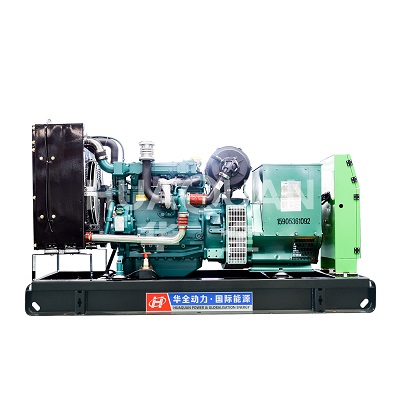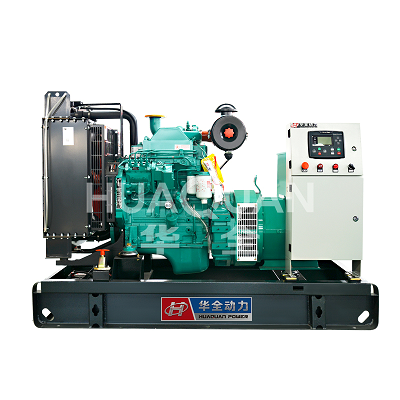Diesel engines are generally single-cylinder or multi-cylinder four-stroke diesel engines. The diesel engine is started by turning the diesel engine crankshaft through human power or other power to make the piston reciprocate up and down in the top closed cylinder. The basic structure of a diesel generator is composed of components such as cylinders, pistons, cylinder heads, intake valves, exhaust valves, piston pins, connecting rods, crankshafts, bearings and flywheels.

The piston completes four strokes during movement: intake stroke, compression stroke, combustion and power (expansion) stroke and exhaust stroke. When the piston moves from top to bottom, the intake valve opens, and fresh air filtered by the air filter enters the cylinder to complete the intake stroke. When the piston moves from bottom to top, the intake and exhaust valves are closed, the air is compressed, the temperature and pressure increase, and the compression process is completed. When the piston is about to reach the top, the injector sprays the filtered fuel into the combustion chamber in a mist form and mixes with the high-temperature and high-pressure air to immediately ignite and burn. The high pressure formed pushes the piston downward to work, drives the crankshaft to rotate, and completes the power stroke.

After the power stroke is completed, the piston moves from bottom to top, the exhaust valve opens to exhaust, and the exhaust stroke is completed. The crankshaft rotates half a circle for each stroke. After several working cycles, the diesel generator gradually accelerates to work under the inertia of the flywheel.

